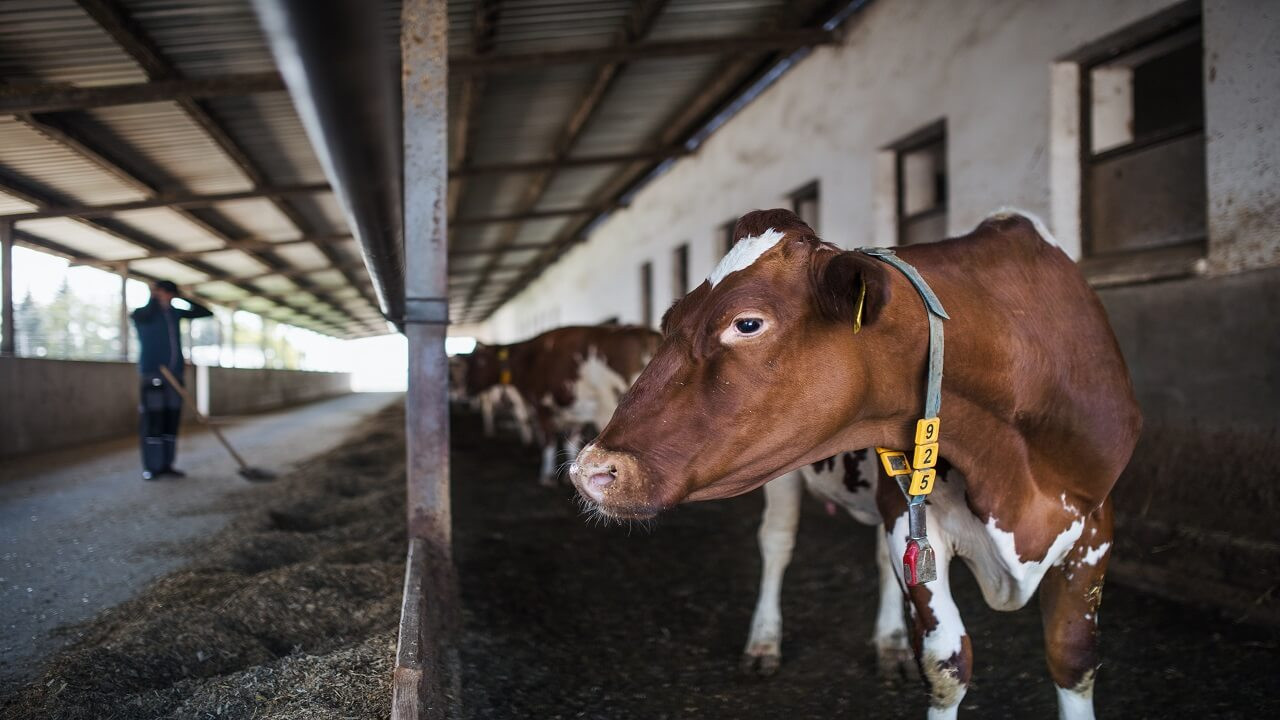
Breeds of Cattle
October 3, 2022, 11:46 am
Cattle breeds are grouped or classified according to several criteria such as the type or purpose of agricultural activity that they perform on the farm.
Breeds of Cattle
Cattle breeds are also classified based on the structure of their bodies and the origin or ancestry of the cattle.
TYPES OF CATTLE
There are four types of cattle based on the agricultural functions or purpose they perform on the farm. These four types of cattle are:
Beef Type
These cattle type are characterized by great depth and width of the body i.e. the meat carrying part of the frame work is well developed into a block conformation, tropical beef cattle are capable of converting large quantity of easily obtained fodder

Dairy Type
These cattle are characterized by the following: placid disposition, a well formed udder i.e. with width and depth extending forward and with a well-developed milk vein. An overall wedge or triangular shaped appearance of the frame resulting from a fine narrow should, moderate girth, a deep belly and broad quarters.
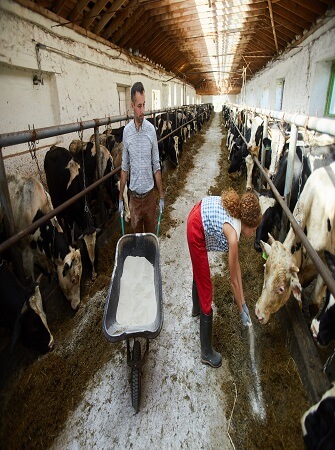
Dual Purpose Type
These are intermediate between dairy and beef types in conformation and production
Work or Draft Type
These are cattle with great length, free moving limbs and sound feet as well as quiet temperament and submission to discipline. The demand for work type cattle in Africa is still maintained on light land operation and for several farm works. The small more active type are generally preferred because they are thrifty and can be maneuvered easily in restricted spaces.

BREEDS OF CATTLE
Cattle breeds can also be broken into two categories based on their origin or ancestry: Indigenous Breeds of Cattle and Exotics Breeds of Cattle
Indigenous breeds of cattle are localized cattle who have been in a particular area for thousands of years whereas exotic breeds of cattle are cattle who are brought from other very far or distant areas to be adapted to new areas or locations.
INDIGENOUS CATTLE BREEDS
In the Indigenous breeds of cattle, we have the following breeds:
White Fulani (Banaji, White Bororo)
The animals are a ranged type i.e. they graze over extensive grassland. Their coat is usually white with black points that could vary from white to brown or roan-black. They are medium to long, lyre-shaped and curved outwards and upwards. It is the most numerous and widely distributed in Nigeria. They are big animals averaging 129.5cm at the withers and weight about 340kg for premature cow and 525kg for premature bull.
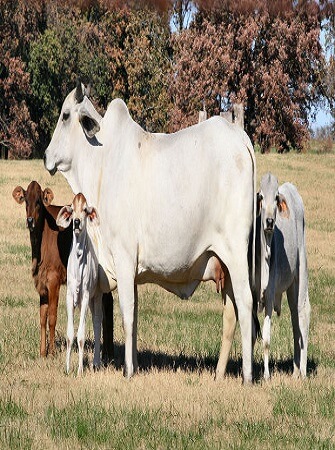
The body is of good depth on extensively long legs which adapts the animals for walking long distances. The hump is very well developed, especially in males. The average birth weight is about 27.3kg and average calving age is 3.5 years. Average length of life ranges between 9 to 10 years. Apart from the beef and draught potentiality, it has a well-developed strongly attached udder. First lactation milk yield average 890kg in 252 days with an average butterfat test of 5.5%
The Red Bororo
They are a long horn breed of cattle found in north-eastern parts of Nigeria where average annual rainfall is 63.5cm. it has a narrow body, long legs and weighs about 480kg at maturity. It is a poor milk producer and matures late.

Gudali
This breed of cattle is found around the northern areas. They are less resistant to trypanosomiasis than the White Fulani, hence they perform better in drier parts of the country. They have well-developed hump, a fleshy and compact body and large dewlap. They are known to be beef animals but could also be dairy animal when properly fed.
N’Dama
This breed of cattle is humpless and found in Guinea, Sierra Leone and Senegal. They have been introduced to Nigeria and Ghana. They are a specialized beef breed. The bull may weigh up to 600kg when well managed. The N’dama has a compact body on short legs and a broad straight back. They have little or no dewlap and small shank. They are mostly brown. The cattle being beef cattle are early maturing but poor milker. They tend to be nervous, aggressive and easily provoked. They are resistant to trypanosomiasis and this attribute is responsible for their successful keeping in tsetse fly endemic areas.
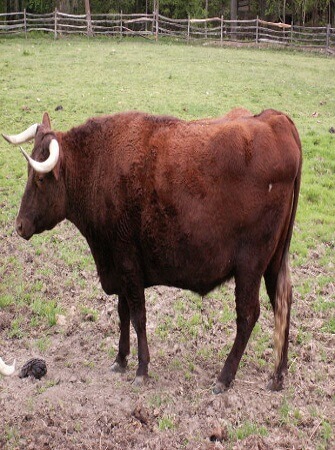
Muturu
This is a dwarf, shorthorn cattle breed and its mostly found in villages in other rainforest areas of West Africa. The colour ranges from dark brown to pure black, sometimes there could be white marking. It has good body conformation characterized by fleshy body and fine bones. It is humpless with a small head. It is highly resistant to trypanosomiasis. It matures in 3 to 4 years and reaches a body weight of about 203kg. it is low in milk production
Keteku
This is commonly found in Dahomey and Ilorin area. It is claimed to be raised from N’Dama and Muturu crosses. It is similar to N’dama in size. Colour could be basic white with blackish grey and brown spot. It has very small horns and small dewlaps with small or absent hump.
Kuri or Lake Chad
This cattle breed is large and coarse. It is found in countries around Lake Chad but more in Chad and northern Nigeria. The breed is an excellent swimmer. It is among the heaviest breeds of cattle in West Africa.
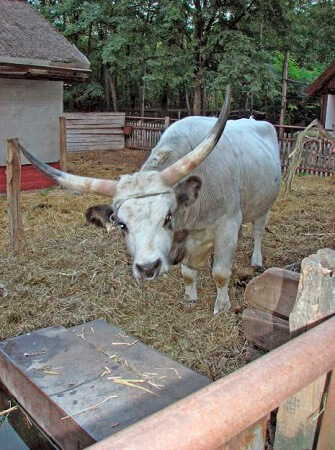
EXOTIC CATTLE BREEDS
In the exotic breeds of cattle we have the following breeds:
Friesian or Holstem Friesan
This is a dairy cattle breed that originated from the Netherlands. It has been kept with some degree of success in West Africa because it is resistant to trypanosomiasis. It has also been successfully used to cross native breeds with the aim of improving the milk production ability of native breed.

However the high temperature of the tropics limits high productivity from this breed. The importation of semen and artificial insemination has been considered an option. At maturity, cows weigh about 550kg and the bull could weigh up to 900kg.
Brown Swiss
The colour is solid brown and could vary from light to dark. Mature cows weight a minimum of 636kg and bull 909kg. Birth weight of heifer is an average of 42.3kg while the bull’s weight is 46kg. Mean gestation length is 290 days.
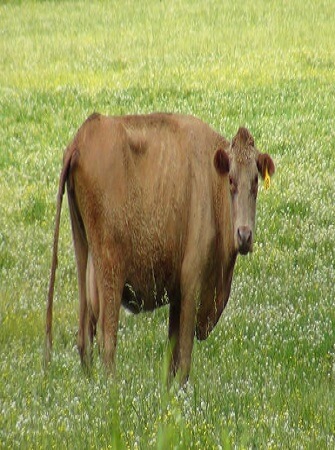
Ayshire
It is light to deep cherry red, but could be any brown or a combination of these with white markings. Generally, a distinguishing red colour with white markings is common. Mature cow weighs 545k and mature bull weighs 841kg on the average. Heifers average 32.5kg at birth and bulls 35.5kg. Gestation is 280 days

Angus
This breed originated in 1860, it is distinguished from other breeds by being black and comparably smooth coat and polled character. It is heavily muscled. It has a good quality carcass and high dressing percentage. The bulls are good favourites for crossbreeding purposes
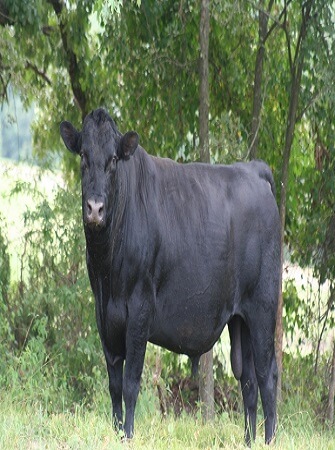
Brahma
It is a native of India, Zebu adopted to area characterized by hot climate, heavy pest and worm infestation and sparce vegetation. It responds to feedlot management. In USA, Latin America and Australia, it has been widely used for crossbreeding purpose to produce animals that are well acclimatized to tropical and subtropical environments and exhibit hybrid vigour.
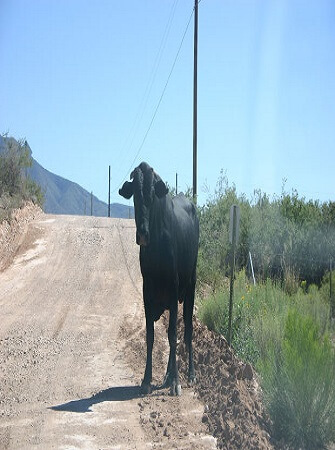
It is good beef animal, temperate when it is cautiously handled, but if handled occasionally, can be very wild. It has a very productive life. Ticks, biting flies and mosquitoes do not attack it individually. It does not respond well to hand mating. The colour of the coat is normally a very bright red but may be black. The calves often possess red coat at birth, which turn quickly to grey later. The hump is large in the male and smaller in the female. The dewlap is large; horns are widely spaced, thick in both females and males.
Charolais
This cattle breed is a native of France. It is a beef animal with good flavor and well-marbled meat. Their coat is white or grey. It is humped and rugged. The breed is generally noted for its large size and rapid gains
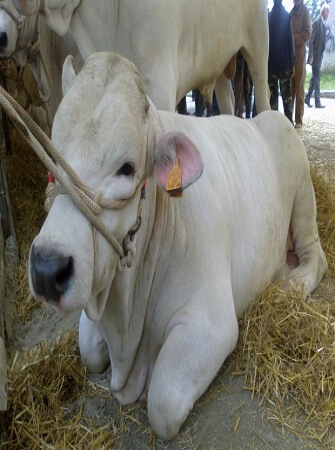
Hereford
This cattle breed originated in England in the country of Hereford. It is easily recognized for its ever present white face. Body colour varies from medium to rich red. The white colour of the face is also found on the underlines, flanks, breast and below knees and hocks. It is distinctly a big breed and individuals of the breed are rather rectangular in form. This breed of cattle is particularly noted for its excellent foraging ability.
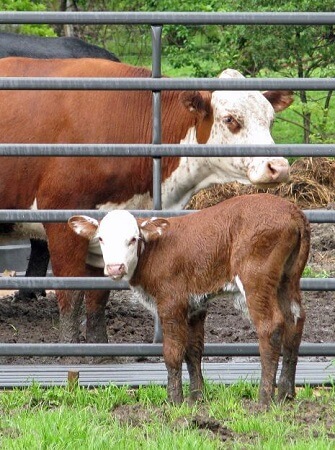
CONCLUSIONS
With a good knowledge of the various breeds of cattle and their functions or type, you can be well guided in selecting the breeds you need on your farm in order to have a sustainable and successful cattle farming business producing meat, milk or leather.
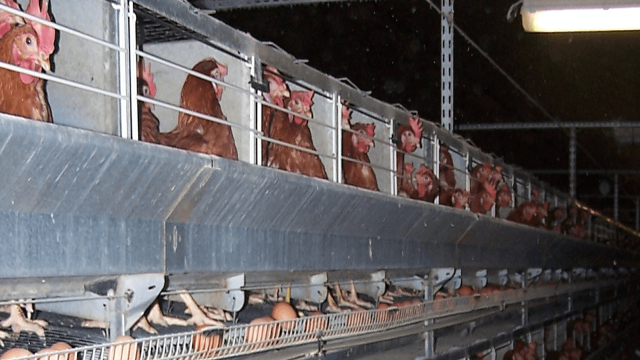






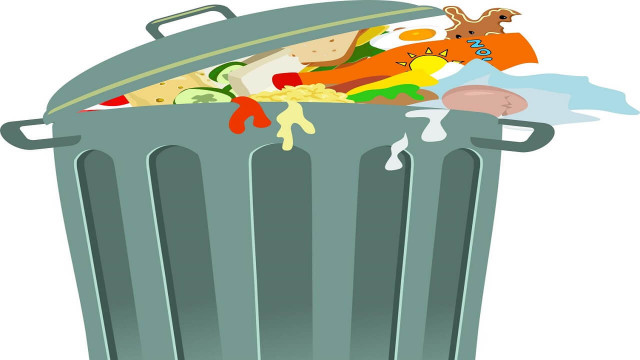
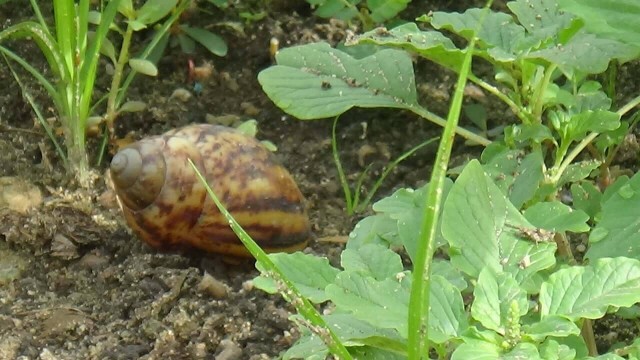
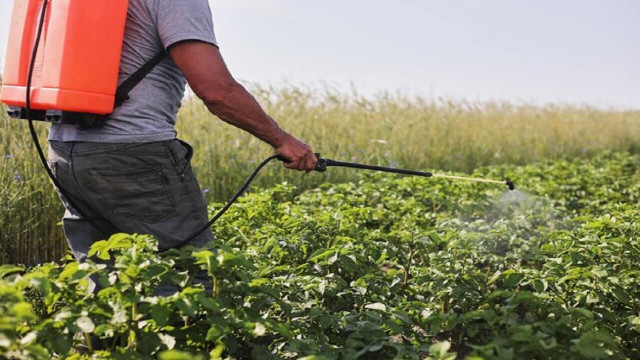
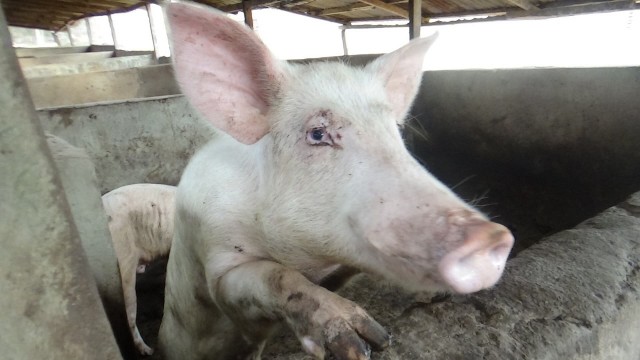

Share This Article: